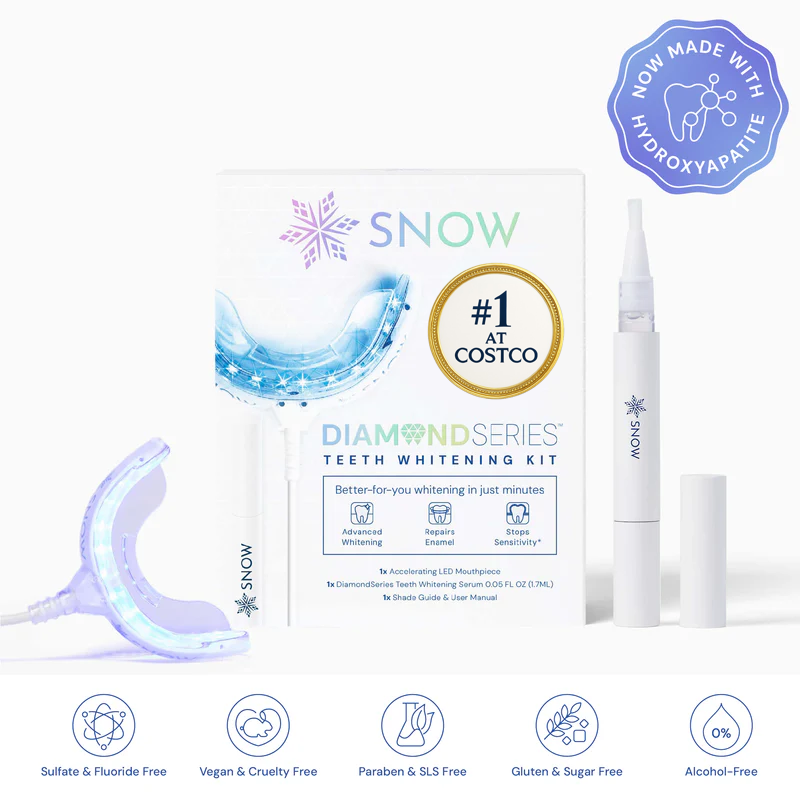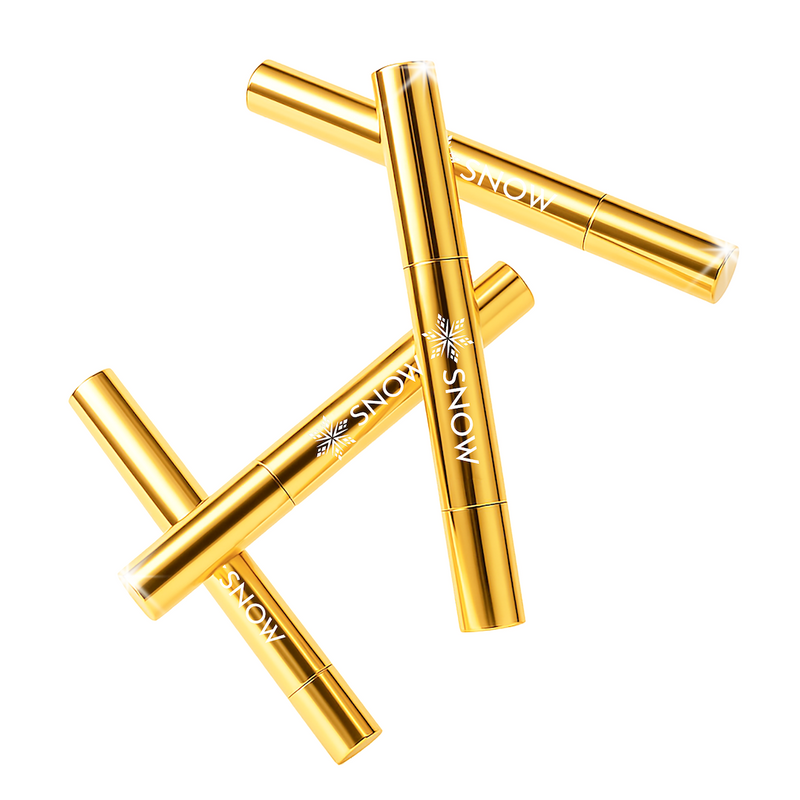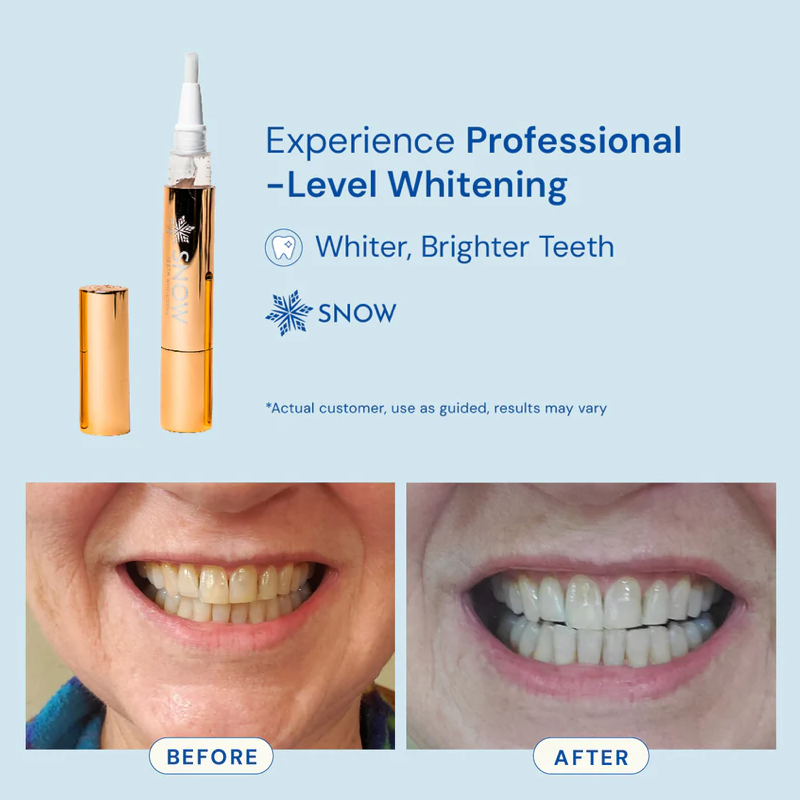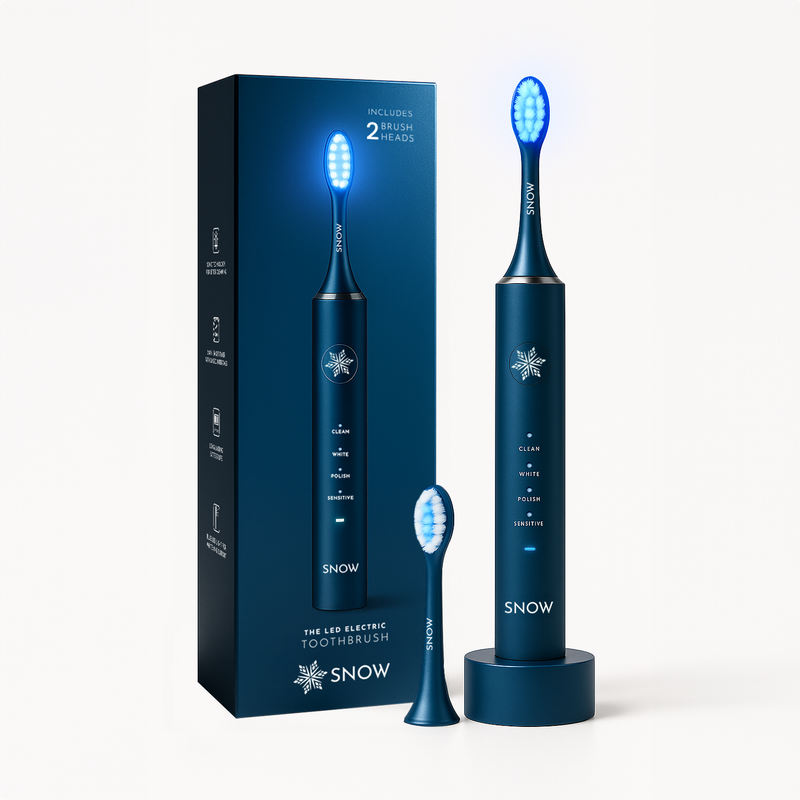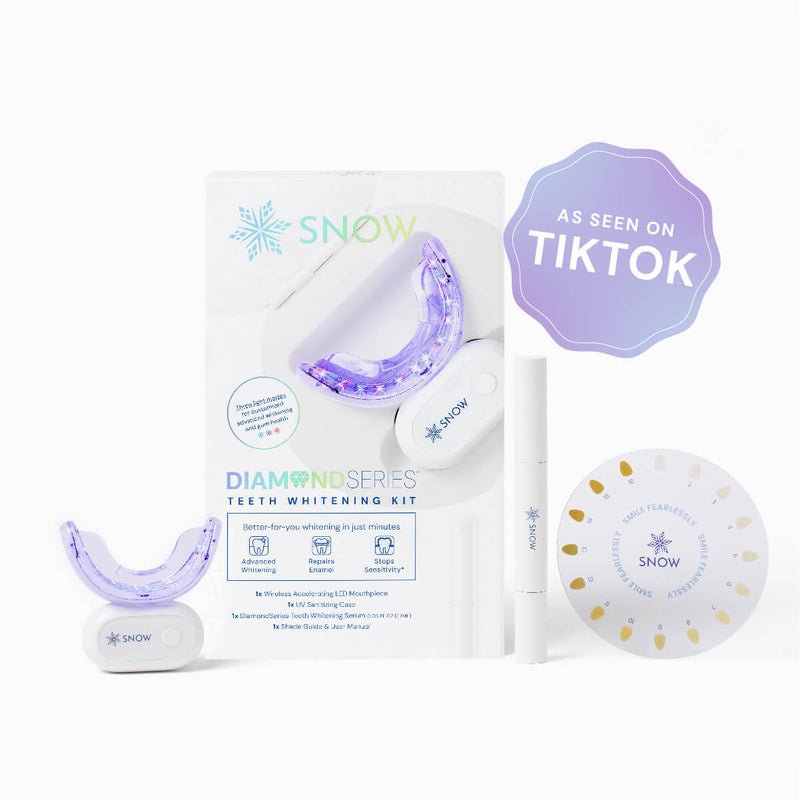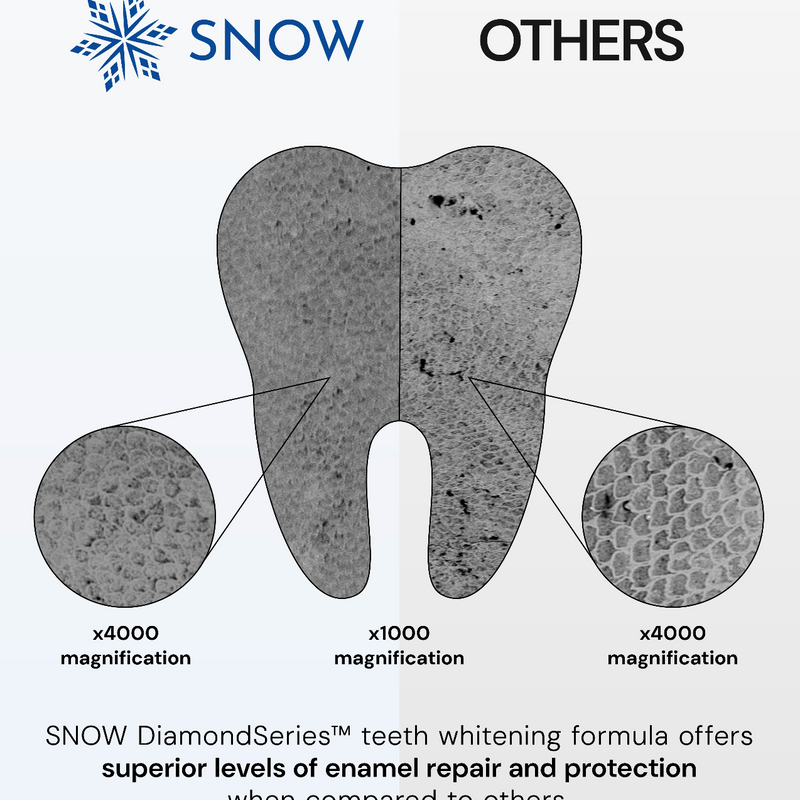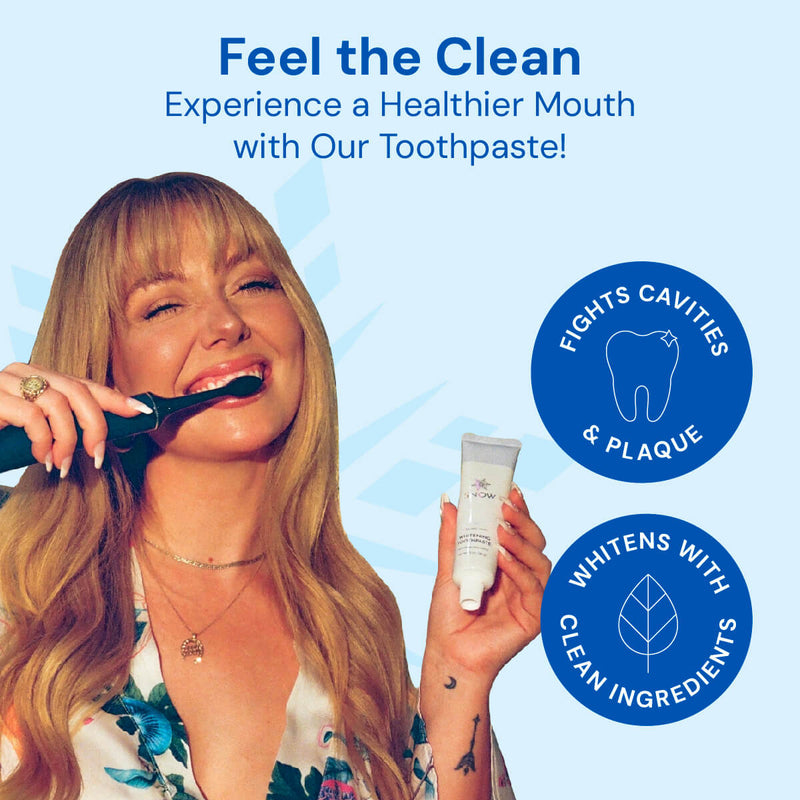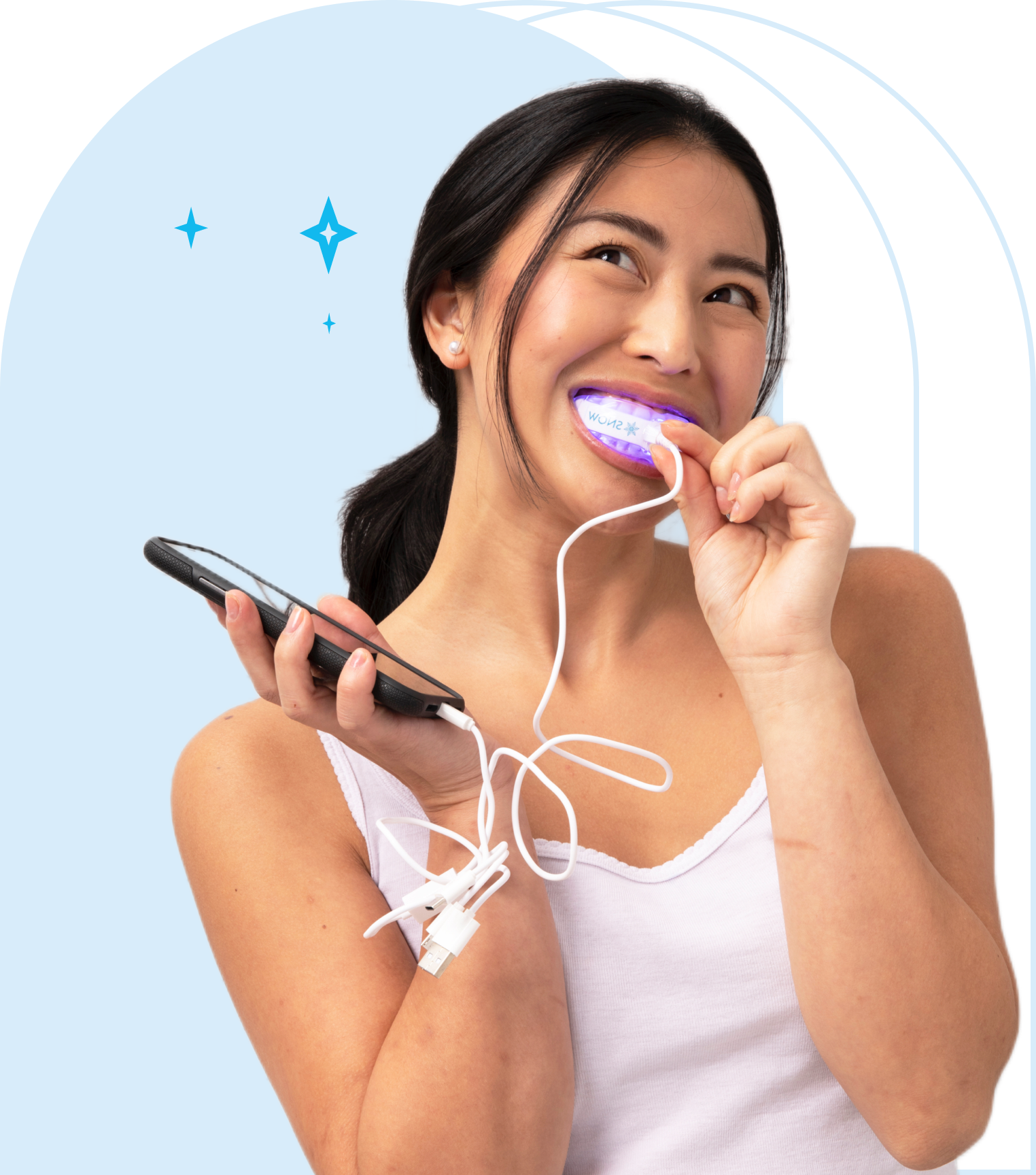Are electric toothbrushes better than manual ones? If you’re thinking about switching to an electric toothbrush, this article will help you decide. We examine the key differences between electric versus manual toothbrushes, comparing their benefits, effectiveness, and suitability to help you make an informed choice for your oral hygiene routine.
Key Takeaways
-
Electric toothbrushes provide superior plaque removal and enhanced cleaning efficiency compared to manual brushes, offering the benefit of improved oral health and making them a preferred choice for dental hygiene.
-
Manual toothbrushes, while cost-effective and widely available, benefit users who have good brushing technique and consistent practice to maintain their effectiveness. Additionally, manual toothbrushes do not require batteries or charging, making them more portable.
-
Choosing between electric and manual toothbrushes should consider individual needs such as dexterity, cost, and personal comfort, as both types can be effective when used correctly.
Electric Toothbrushes vs. Manual Toothbrushes: A Comparison

When it comes to maintaining oral hygiene, the choice between electric toothbrushes (also known as electric brushes) and manual toothbrushes can make a significant difference. Electric toothbrushes are designed to provide a more thorough clean, often removing significantly more plaque than their manual counterparts. This enhanced cleaning efficiency can contribute to better overall oral health. In contrast, manual toothbrushes depend greatly on the user’s technique and effort for effectiveness.
With thousands of brush strokes per minute, electric toothbrushes significantly boost their cleaning power over manual brushes. This high speed vibration helps to dislodge plaque and debris more effectively, ensuring that teeth are thoroughly brushed, completing a thorough job with a powered brush and an electronic toothbrush. Studies show that electric toothbrushes do a better job at cleaning teeth compared to manual ones. If you want to maximize your oral hygiene, you should use an electric toothbrush.
In contrast, manual toothbrushes require consistent and proper use to achieve similar results. Recognizing these differences can help you choose the right tool for your dental hygiene routine.
How people brush their teeth for oral hygiene is important, and the choice between a manual or electric brush can impact the results.
Choosing the right teeth cleaner is important for effective dental hygiene.
How Electric Toothbrushes Work
Electric toothbrushes utilize automated movements and high-frequency vibrations to achieve superior cleaning efficiency. Sonic electric toothbrushes, for instance, can perform up to 30,000 brush strokes per minute, which significantly enhances their ability to remove plaque compared to manual brushing. Various technologies, such as oscillating and sonic movements, are employed to effectively dislodge plaque and debris from teeth. Some electric toothbrushes feature brush heads that rotate or oscillate in one direction, while others use more complex multi-directional movements, helping to differentiate the effectiveness of each mechanism in plaque removal and gum health.
These advanced cleaning mechanisms, including oscillating-rotating and high-frequency vibrations, often lead to superior plaque removal. The automated nature of electric toothbrushes ensures a consistent and effective cleaning action, whereas manual brushes rely on user technique and effort.
The Mechanism Behind Manual Toothbrushes
Manual toothbrushes, on the other hand, rely entirely on the user’s technique and effort to effectively clean teeth. When used correctly, manual toothbrushes can be just as effective as electric ones. However, this requires regular practice of proper brushing techniques, such as angling the brush at 45 degrees to the gums and using gentle circular motions. Soft-bristled toothbrushes are safer for your gums and enamel than hard-bristled options.
Though more affordable and widely available, the effectiveness of manual brushes relies heavily on consistent and proper user technique. Proper brushing habits are essential to ensure that manual toothbrushes can effectively maintain oral hygiene, especially when using a manual brush.
Benefits of Using Electric Toothbrushes
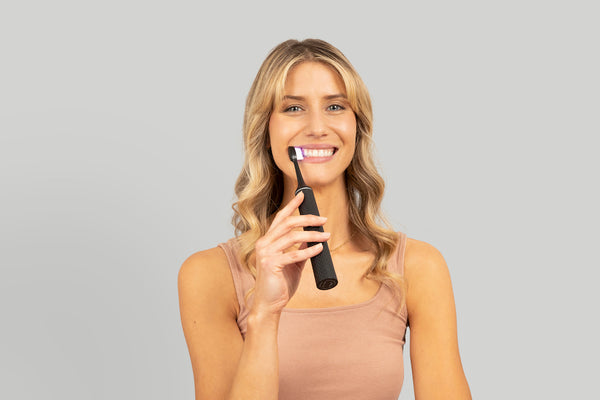
The advantages of electric toothbrushes, also known as powered toothbrushes, in enhancing dental health are frequently highlighted. Dental professionals commonly recommend electric toothbrushes and powered toothbrushes due to their superior cleaning capabilities, which can lead to better oral hygiene outcomes compared to manual brushing methods. The automated movements and high-frequency vibrations of electric toothbrushes contribute to their effectiveness in removing plaque and maintaining oral health. Some electric toothbrushes are specifically designed to clean around braces effectively, making them a suitable choice for individuals with orthodontic appliances.
Overall, using a powered toothbrush can greatly improve dental health by delivering a more thorough clean. The integrated features and technologies in many powered toothbrushes, such as rotating heads, vibration, and built-in timers, enhance their benefits and effectiveness, making them a popular choice. Oral b is a leading brand of powered toothbrushes, known for its advanced features and proven effectiveness in improving plaque removal and gum health.
Enhanced Plaque Removal
One of the primary benefits of electric toothbrushes is their enhanced plaque removal capabilities. Studies indicate that electric toothbrushes, especially those with oscillating and rotating technology, outperform manual brushes in reducing plaque. They can eliminate up to 70% more plaque from difficult areas compared to manual brushes. A 2014 review found that powered toothbrush users showed an 11 percent reduction in plaque after 1-3 months.
This superior cleaning power contributes to improved gum health and overall oral hygiene. Effective plaque removal with electric toothbrushes helps prevent dental caries and periodontal disease, both of which are linked to plaque buildup. Dental professionals frequently observe that electric toothbrushes significantly reduce plaque, tartar, and stains. Electric toothbrushes help maintain healthier gums and prevent gum disease by effectively breaking down plaque and debris. Electric toothbrush users had a 6 percent reduction in gingivitis at one to three months compared to manual users.
Built-in Timers and Pressure Sensors
Many electric toothbrushes come equipped with built-in timers and pressure sensors, which are designed to enhance oral care. Timers encourage users to brush for the recommended two minutes, ensuring thorough cleaning. Pressure sensors alert users when they are applying too much force, preventing gum damage and promoting gentle brushing.
These features assist users in brushing properly and maintaining optimal dental hygiene.
Accessibility and Ease of Use
Electric toothbrushes are particularly beneficial for individuals with limited dexterity, such as the elderly or those with disabilities. The automated brushing action requires less manual effort, making it easier to maintain proper brushing habits. Additionally, electric toothbrushes often have larger handles that are easier to grip, further aiding those with limited hand dexterity.
The ease of use enhances oral hygiene and overall improving dental health.
Potential Drawbacks of Electric Toothbrushes
While electric toothbrushes offer numerous benefits, they also come with potential drawbacks. Improper use of electric toothbrushes can lead to permanent damage to gums and teeth. Using gentle pressure and proper brushing techniques can prevent overbrushing and gum damage.
Another consideration is the cost. Electric toothbrushes can be more expensive than manual ones, and the need for regular replacement of brush heads adds to the overall expense. These factors can influence the decision-making process for many consumers when choosing between electric and manual toothbrushes.
Overbrushing and Gum Damage
Excessive pressure while using an electric toothbrush can lead to gum irritation and, over time, cause gum recession and tooth sensitivity. Applying too much force can also damage dental enamel, leading to potential long-term oral health issues. Therefore, it’s crucial to maintain a gentle brushing technique to prevent damage to both gums and enamel.
Overbrushing can occur when using an electric toothbrush, which emphasizes the importance of being mindful of brushing pressure. Excessive pressure with an electric toothbrush can cause gum recession and enamel wear, emphasizing the need for proper use.
Cost Considerations
Cost is a significant factor when choosing between electric and manual toothbrushes. Basic powered electric toothbrushes can start at a price below $10, but the ongoing expense of replacement brush heads and battery maintenance can add up over time.
Consider these additional costs along with the initial purchase price when evaluating the overall expense of electric toothbrushes.
Evaluating Manual Toothbrushes
 Manual toothbrushes remain a popular choice due to their affordability and effectiveness when used correctly. The effectiveness of manual toothbrushes is heavily reliant on the user’s technique, duration of brushing, and consistency. Proper brushing techniques are crucial for manual toothbrushes to effectively maintain oral hygiene. For optimal caries prevention and plaque removal, it is important to use a fluoride toothpaste with manual toothbrushes.
Manual toothbrushes remain a popular choice due to their affordability and effectiveness when used correctly. The effectiveness of manual toothbrushes is heavily reliant on the user’s technique, duration of brushing, and consistency. Proper brushing techniques are crucial for manual toothbrushes to effectively maintain oral hygiene. For optimal caries prevention and plaque removal, it is important to use a fluoride toothpaste with manual toothbrushes.
Despite their reliance on user effort, manual toothbrushes offer significant advantages, including cost-effectiveness and wide availability. Recognizing these benefits and using proper brushing techniques can help users achieve optimal dental health with manual brushes.
Cost-Effectiveness and Availability
Manual toothbrushes are generally much cheaper than electric ones, making them accessible to a wider range of consumers. They are available in various retail locations, ensuring easy access for consumers. This affordability and availability make manual toothbrushes a budget-friendly option for maintaining oral hygiene, because:
-
They are generally much cheaper than electric toothbrushes.
-
They are available in various retail locations, ensuring easy access.
-
Their affordability and availability make them a budget-friendly option.
When used correctly, the lower cost of manual toothbrushes does not compromise their effectiveness. Proper brushing techniques enable manual toothbrushes to provide effective cleaning and contribute to good oral health.
Effective Brushing Techniques
Employing proper brushing techniques is crucial for the effectiveness of manual toothbrushes. Techniques such as the Modified Bass method, which involves angling the brush at 45 degrees to the gums, and using gentle circular motions are recommended for optimal plaque removal. Consistent practice of these techniques ensures that manual toothbrushes can effectively clean teeth and maintain oral hygiene.
When used correctly, manual toothbrushes can be just as effective as electric ones. The key is to ensure that users brush properly, applying the correct amount of pressure and using the right techniques to remove plaque and debris.
Professional Opinions on Toothbrush Choices
Dental professionals in the field of dentistry have varying opinions on the use of electric and manual toothbrushes. While both types can be effective, electric toothbrushes often provide additional features that enhance dental care. The American Dental Association recognizes manual brushing as an effective method for removing dental biofilm, highlighting that the choice depends on individual needs and preferences.
Choosing the right toothbrush can significantly impact your oral hygiene and overall well-being. Understanding recommendations from your dentist can help guide your decision when selecting between electric and manual toothbrushes.
Recommendations from Dentists
Many dentists acknowledge that manual toothbrushes have been effective for about 100 years, while electric models are considered equally effective. Electric toothbrushes often provide additional features, such as timers and pressure sensors, that enhance dental care and make brushing easier. The American Dental Association recommends looking for the ADA Seal of Acceptance when choosing a toothbrush to ensure its effectiveness.
Dental hygienist frequently note that electric toothbrushes significantly reduce plaque, tartar, and stains. These features and enhancements can make electric toothbrushes a preferred choice for those seeking improved oral health.
Personal Preferences and Oral Health Needs
Personal comfort and specific dental conditions should significantly influence the choice between an electric and manual toothbrush. Personal preference is crucial in toothbrush selection, as the most likable brush often leads to better oral hygiene practices. Comfort and ease of use are important factors to consider when choosing a toothbrush.
The combination of personal preference and specific dental needs ultimately leads to more effective oral hygiene practices. Knowing your comfort level and dental conditions can help you choose the right toothbrush for optimal oral health.
Making the Switch: Transitioning from Manual to Electric
What to Expect When Switching
Switching from a manual toothbrush to an electric model takes a little adjustment—but it’s not a complicated transition. Most users quickly notice that brushing feels easier and more effective. Some children prefer electric toothbrushes as they may have features like music or app connectivity to encourage longer brushing.
You’ll feel vibrations or rotation doing most of the work. No need for heavy scrubbing—just guide the brush gently across your teeth and along the gum line. Electric toothbrushes help remove more plaque with less effort, which is why many people see improvements in oral hygiene after just a few weeks.
Some changes to expect:
-
Built-in timers help you hit the full two minutes without guessing.
-
Pressure sensors can alert you if you’re brushing too hard.
-
Multiple brush modes may be available depending on your dental needs.
If you’re used to a manual brush, brushing with a powered toothbrush will feel different—but in most cases, it’s easier, more comfortable, and more consistent.
Making the Right Choice for Your Oral Health
Choosing the right toothbrush for your oral health involves considering several factors, including personal dexterity, cost, and individual dental needs. Dentists highlight that brushing for two minutes, twice a day, is vital for oral hygiene, regardless of toothbrush type. Effective brushing helps prevent tooth decay as well as gum disease by removing plaque and reducing the risk of cavities. Whether you choose an electric or manual toothbrush, consistency in your brushing routine is key to maintaining good oral health.
Recognizing your specific needs and preferences can guide you in choosing the best toothbrush. Both electric and manual toothbrushes have their advantages, and selecting the right one can significantly impact your dental hygiene.
Factors to Consider
When choosing between electric and manual toothbrushes, consider factors such as:
-
Dexterity: Individuals with limited dexterity may find electric toothbrushes easier to handle and more effective at maintaining oral hygiene.
-
Cost: Electric models can be more expensive than manual ones.
-
Specific dental needs.
Dentists recommend selecting a toothbrush that fits individual needs, such as sensitivity or dexterity issues, regardless of whether it is manual or electric. A small brush head toothbrush can reach difficult areas in the mouth more easily, enhancing overall cleaning effectiveness.
Trial and Error Approach
Experimenting with both electric and manual toothbrushes can help users find the most comfortable and effective option for their oral care routine. Experimenting with different toothbrush types can reveal which offers the most comfort and effectiveness for your routine. A 2021 meta-analysis indicated that powered toothbrushes had a slight edge over manual ones for plaque removal.
Personal comfort, toothbrush effectiveness, and other factors are generally considered to play a significant role in the choice of oral care tools, including tooth brushing.
Electric vs Manual Toothbrushes Wrapped Up
In summary, both electric and manual toothbrushes have their advantages and drawbacks. Electric toothbrushes offer superior cleaning power, built-in features like timers and pressure sensors, and ease of use for individuals with limited dexterity. However, they can be more expensive and require proper usage to avoid gum damage. Manual toothbrushes, while more affordable and widely available, rely heavily on the user’s technique and consistency. Replacing your toothbrush every three to four months is recommended to maintain its effectiveness and hygiene.
Ultimately, the best toothbrush for you depends on your personal preferences, dental needs, and budget. By considering these factors and possibly trying both types, you can find the toothbrush that best suits your oral health routine. Remember, the key to good oral hygiene is brushing for two minutes, twice a day, regardless of the toothbrush you choose. Effective brushing with either type of toothbrush can help prevent bad breath and improve your confidence.
Frequently Asked Questions
Are electric toothbrushes really better?
Electric toothbrushes are indeed more effective at removing plaque than manual toothbrushes, particularly those using oscillating and rotating technology, which promotes better gum health and overall oral hygiene.
Do dentists actually recommend electric toothbrushes?
Yes, many dentists recommend electric toothbrushes because of their superior plaque removal capabilities and features such as built-in timers and pressure sensors that help improve brushing habits and protect gum health.
What are the disadvantages of an electric toothbrush?
Electric toothbrushes can be more expensive than manual ones, require regular replacement of brush heads, and improper use may cause gum damage if too much pressure is applied. Additionally, some users may find them less portable or inconvenient due to charging requirements.
Which toothbrush is better, an electric or a normal?
Both electric and normal (manual) toothbrushes can be effective when used properly. Electric toothbrushes offer enhanced plaque removal and ease of use, especially for those with limited dexterity, while normal toothbrushes are more affordable and widely available. The best choice depends on personal preferences, dental needs, and brushing technique.
If you found this article helpful, learn more from these related posts:
- When Should I Replace My Electric Toothbrush
- Should I Buy an Electric Toothbrush
- How Does a Vibrating Toothbrush Work
- Mold on Toothbrush
- Can You Use an Electric Toothbrush in the Shower
- Best Manual Toothbrush
- What Is the Best Toothbrush?
- Best Portable Electric Toothbrush
- How to Make an Electric Toothbrush Quiet
- How to Charge an Electric Toothbrush
- When Was the Toothbrush Invented?
- Types of Toothbrushes
- Types of Electric Toothbrush
- How Are Toothbrushes Made?
- Facts About Toothbrushes















































